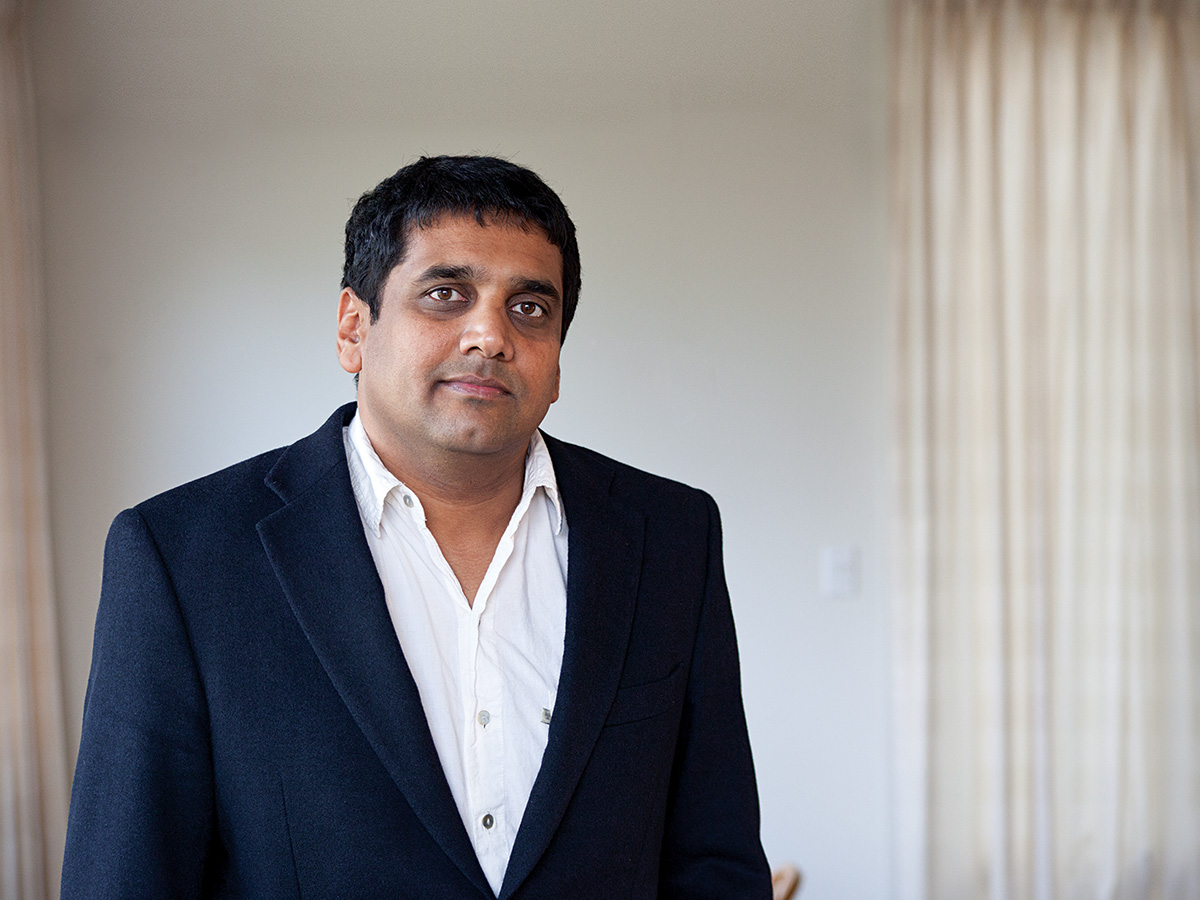The Infosys Prize in Mathematics is awarded to Chandrashekhar B. Khare in recognition of his fundamental contributions to Number Theory, particularly his solution of the Serre conjecture.
Infographic:
Unlocking puzzles in number theory
Scope and Impact of Work
Number Theory, one of the oldest branches of mathematics, is concerned with the structure of the set of integers and its relation to the geometric world. One of the most profound discoveries of 18th century mathematics, by Gauss, was that there exists a geometric construction of a regular 17-gon by ruler and compass (i.e., there is a way to subdivide the circle into 17 equal parts) but there is none of a 19-gon. How does 17 differ from 19? In fact, Gauss discovered a deeply hidden symmetry, which cannot be grasped just by looking at a circle in the plane. This insight completely transformed mathematics. Indeed, much of modern research is a search for such 'hidden symmetries'.
Serre's conjecture is about the analysis of symmetries such as the ones coming from elliptic curves, rather than circles. They play an important role in, for example, elliptic curve cryptography. The analogs of regular 'n '-gons are so called 'n '-torsion points on these curves; the symmetries obeyed by these points are incredibly rich and sophisticated. As one varies 'n', they begin to form analytic objects, accessible by techniques from deformation theory and geometry.
Professor Chandrashekhar B. Khare's resolution of Serre's conjecture laid open, new and unexpected passages between different subfields of mathematics. It has already changed our perception of the fabric of pure mathematics and has stimulated intense efforts to build highways along these passages. By its force and ingenuity, it stands out as one of the most remarkable accomplishments of our time.
Bio
Professor Chandrashekhar B. Khare was born in 1967 and grew up in Mumbai. After completing his early education in India, he went to the University of Cambridge, UK, for undergraduate studies which he completed in 1989. Professor Khare's graduate work was done at California Institute of Technology, where he worked with Haruzo Hida (at UCLA) and Dinakar Ramakrishnan (at Caltech) on Number Theory.
After obtaining his Ph.D. from Caltech in 1995, he returned to India to work at the Tata Institute of Fundamental Research. In 2005, he moved to the United States, first to the University of Utah and then to the University of California at Los Angeles, where he is now Professor of Mathematics. He received the Fermat prize in 2007 and a Guggenheim fellowship in 2008. He was an invited speaker at the International Congress of Mathematicians, held at Hyderabad in August 2010.
Timeline
Jury Citation
Number Theory is one of the central areas of mathematics that often establishes connections between analysis, algebra and geometry. Historically such connections can be traced back to the work of the great Indian mathematician Srinivasa Ramanujan, who discovered completely new number-theoretic aspects of modular forms, and whose ideas eventually led to the modern revolution in Number Theory.
The Serre conjecture, formulated by Jean-Pierre Serre, one of the greatest living mathematicians and winner of the Abel Prize, postulates one such connection between modular forms and representations of Galois groups. The conjecture is strong enough to imply among other things, Fermat's last theorem, a problem that had remained unsolved for more than three hundred years until it was solved by Andrew Wiles a few years back. Partly in collaboration with Wintenberger, Professor Chandrashekhar B. Khare settled the Serre conjecture in the affirmative. Professor Khare's work is a major breakthrough in the field with many spectacular consequences, and many new ideas introduced in it are expected to dominate the field for years to come.

